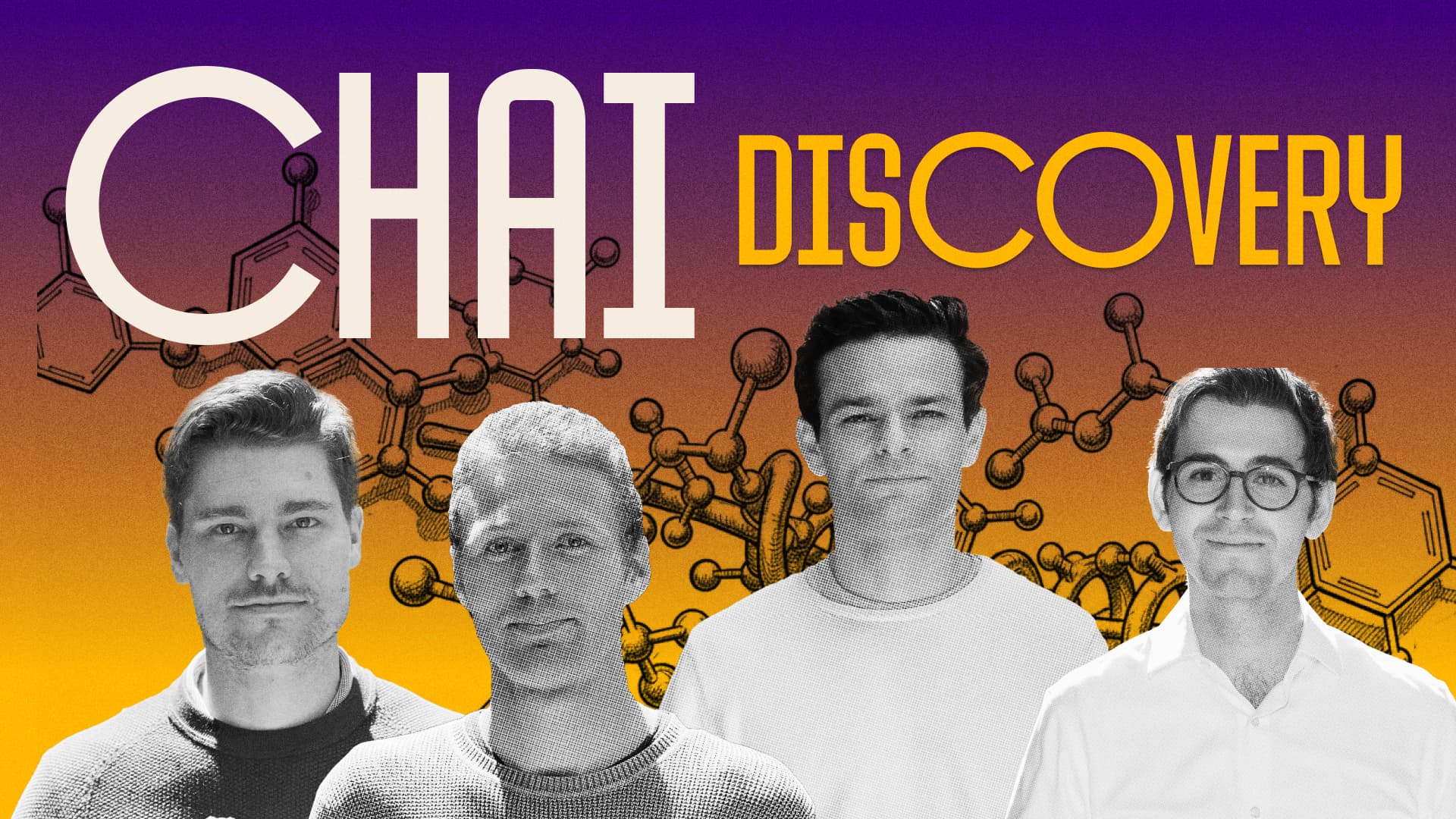Table of contents
The news of tech firms laying off workers continues to grab headlines, and there’s endless hand-wringing about AI robbing white collar workers of their jobs. But it is a distraction.
Despite mass hysteria to the contrary, we believe labor scarcity is here to stay.
Demographics underlying scarcity are real and this means qualified, engaged people will continue to be the most constrained part of a company’s supply chain. Population growth stalled to the slowest pace in history in 2021 (every year from 2011 to 2017, the U.S. grew by only 2 million people. In 2020, the U.S. grew by just 1.1 million. In 2021, we added only 393,000 people). 260k+ people died of COVID before retirement age. And a sharp slowdown in legal immigration has pared the potential work force by 3.2 million.
Firms in Silicon Valley who are dominating the layoff headlines only represent a fraction of the technology sector and an even smaller portion of overall employment. A less myopic view shows that technology, information & services are adding jobs overall.
Even still today, after the wave of post-Covid ‘quiet quitting’ and a supposed shift of power back to the employer, 64% of employees say they would quit or switch jobs right now. We did a quick Linkedin poll to see if that data held true, and 260 people answered the question quickly. About 50% of them said they’d quit. What if 50 - 64% of your customers said they’d leave if they could? Imagine the strategic sense of urgency with which you would operate to change that.
There’s a myriad of reasons for this:
First are the shortcomings of the employers themselves T. Swift had it right: ‘it’s me, hi, I’m the problem, it’s me.’ Employers often hide behind the long held myth that ‘high turnover is inevitable.’ But the underlying factors are toxic culture, job insecurity, high levels of innovation (and an insistence on ‘growth at all cost’), failure to recognize performance and poor communication. These are all more impactful than compensation as a driver of attrition and they’re entirely in our control.
Second is that little time and attention is paid to talent satisfaction metrics. Companies may pay lip service here…but nowhere near the amount of time, money and energy is spent on employee satisfaction as is spent on customer satisfaction–and yet the two are highly correlated. We believe companies need to embrace new talent economics and invest behind them to truly change employee satisfaction outcomes.
Third is the nature of work today itself. So much of a modern professional job involves tedious, repetitious, and low-yield tasks. Technology has in many ways exacerbated rather than alleviated the problem. Certain businesses have benefited from the proliferation of SaaS products - we have digitized so many aspects of business and workplaces. But the unintended consequence of this has been that people are spending more time interacting with that machinery - and less time interacting with one another. People in certain roles spend a lot of time copying and pasting between different tools, looking things up for one another and inputting into tools to keep business processes moving forward. The result is a workforce that’s under-appreciated, ill-rewarded, unsatisfied and ever more isolated. No wonder we’re staring at the abyss of mass employee dis-satisfaction and defection.
The great irony: Artificial Intelligence (AI) can help
Despite the hysteria about mass displacement of workers due to AI, we believe the thoughtful integration of AI in the workplace can actually have a tremendous positive effect on employee satisfaction, happiness and trust. Indeed, enlightened employers can utilize AI to help eliminate the ‘dementor elements’ that together become the precursors of employee turnover and, eventually, customer defection.
AI at its core is simply pools of knowledge on top of which you can create workflows for certain tasks. AI can reduce a lot of the nitty gritty pain points that add up to those five predictors of churn. Here are some ways in which AI can be the tonic for what ails the modern workplace:
- Match skilled talent to the right role. AI can help match more representative people to roles fit for their skills, versus schools or other proxies for skills that can narrow the talent pool unnecessarily. As an example, Vodafone use Eightfold’s talent intelligence platform to calibrate each position, honing in on what’s really necessary, and just as important, what previously required items are not actually necessary. The company has launched a career website where job candidates can drag a CV and have AI match them to a list of opportunities (a process which also improves representation).
- Make communication a super-power. Your managers, at every level, need training on how to communicate with head and heart in a way that is well-received. Communication is an AI superpower…especially when it comes to how to inject the right tone into different messaging for different audiences. Grammarly, for example, uses AI to take into account your context, preferences, and goals to instantly generate high-quality drafts, outlines, replies, and revisions in corporate communications when you need them.
- Turn toxic culture positive. People are measured on “what they do” and “how they do it.” If your company goals, 1-1s, and previous performance plans are in one system, you should be able to create an auto-suggested performance score and compensation changes that leaders check for any error or bias across gender, race and all intersections.
- Reduce or eliminate tasks that lower the lifetime value of People and Customers - A great example of this is Glean, who offers enterprise search on an AI underpinning which is able to proactively offer people information that might be useful to them in the moment - saving users from even having to search in the first place. There is amazing technology that can be applied to troubleshooting information, especially when assisting customers with complex problems. This can lower costs to service and increase employee and customer happiness.
We’ve written before about The Advent of the Human Enterprise - how businesses need to meet the sea-change in the labor market by catalyzing pathways for more people everywhere to find and retain more fulfilling work with experiences tailored to their needs. That is the only sure path to happier and reliably spending customers and a durable, profitable business. AI is a critical enabler to this.
Understanding the AI task decision matrix
There are three pools of data we think can leverage AI to transform work well: employee data, customer data, and financial data. Harnessed together, these data sources can be mined and connected to better inform how a decision about your talent experience impacts employee engagement, customer happiness and spend, and the business model.
You can then make decisions on if, how, when to apply AI depending on two factors: “consequence level” (is the decision reversible or irreversible) for employees, customers, and shareholders; and “type of problem” (if it’s complicated and follows rules and algorithms to solve or if it’s complex and requires more judgment and reasoning.
This simple 2x2 aims to give a visual representation of how to think about what the fit-for-purpose solution is for any given task or issue and whether AI should lead, assist, or follow that problem based on the type of problem and the likely consequence of the result.

Every business leader can start with the bottom left - complicated tasks with limited consequences and deploy AI generously to remove administrivia that drains your employees and customers (example: not having a single sign on to all workforce tools or workforce tools that don’t connect to each other so employees have to jump to 7 tabs to find one cogent answer for their product code).
Once those bottom left tasks have been automated or eliminated, then move on to the bottom right box where the tasks are complex, but the consequences are still limited. These could be wiring a chat bot for customers, but ensuring on key issues, that humans can quality check the answers. Again, AI is artificial, humans provide the needed judgment.
As you train your AI models to be able to do the complicated and complex tasks that have limited or reversible consequences, you’ll inevitably have data to inform how to treat tasks that are more consequential. Again, the top left could be more equitable performance reviews and compensation decisions. The top right may be real-time responses to the next pandemic or unanticipated macro shock.
Over time, using this approach, you will find your labor scarcity issue has been reduced both because AI are doing some work humans used to do and the people in your organization are fulfilled and not interested in reshuffling.
We believe, when applied correctly and thoughtfully to the workplace, AI can be a tremendous unlock for the potential of these organizations and the talent that work there. Profit maximization is only possible when maximizing the potential of people and enabling them to do what they are uniquely qualified to do: the imaginative, layered, complex, emotional work that requires individual and collective wisdom. No machine can or should replace that.







_r2_v2.jpg)


%201.jpg)

